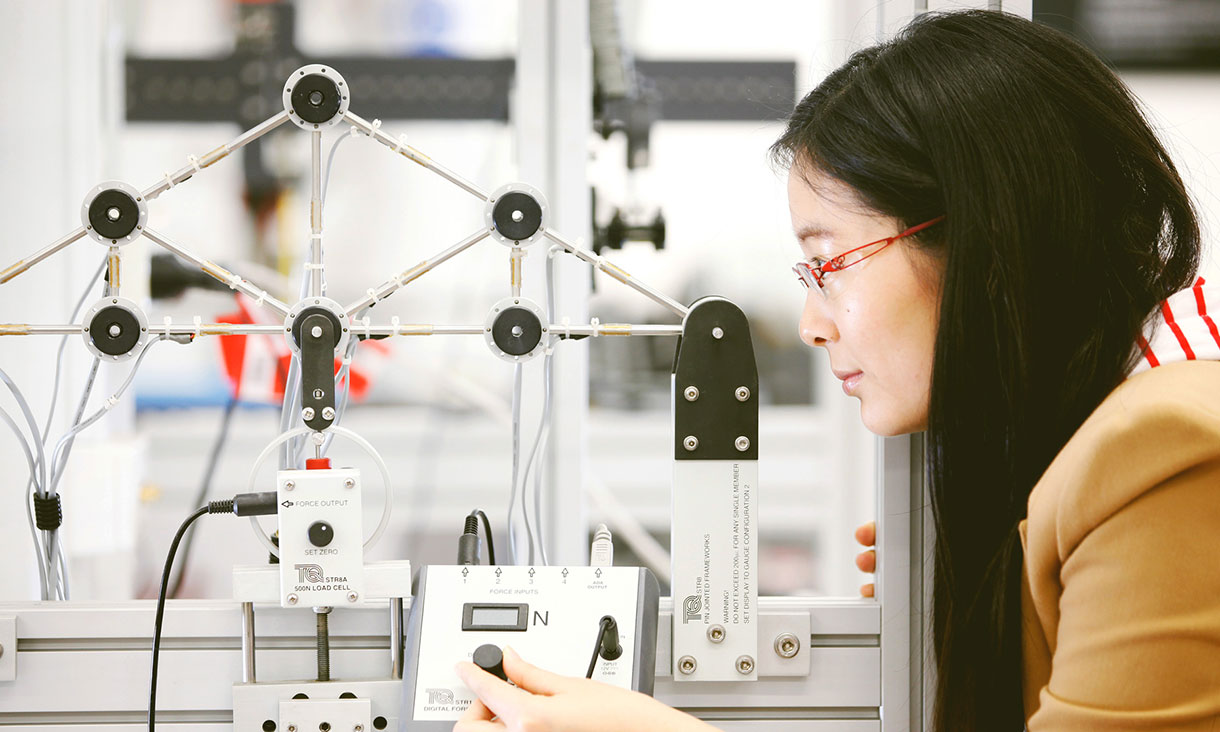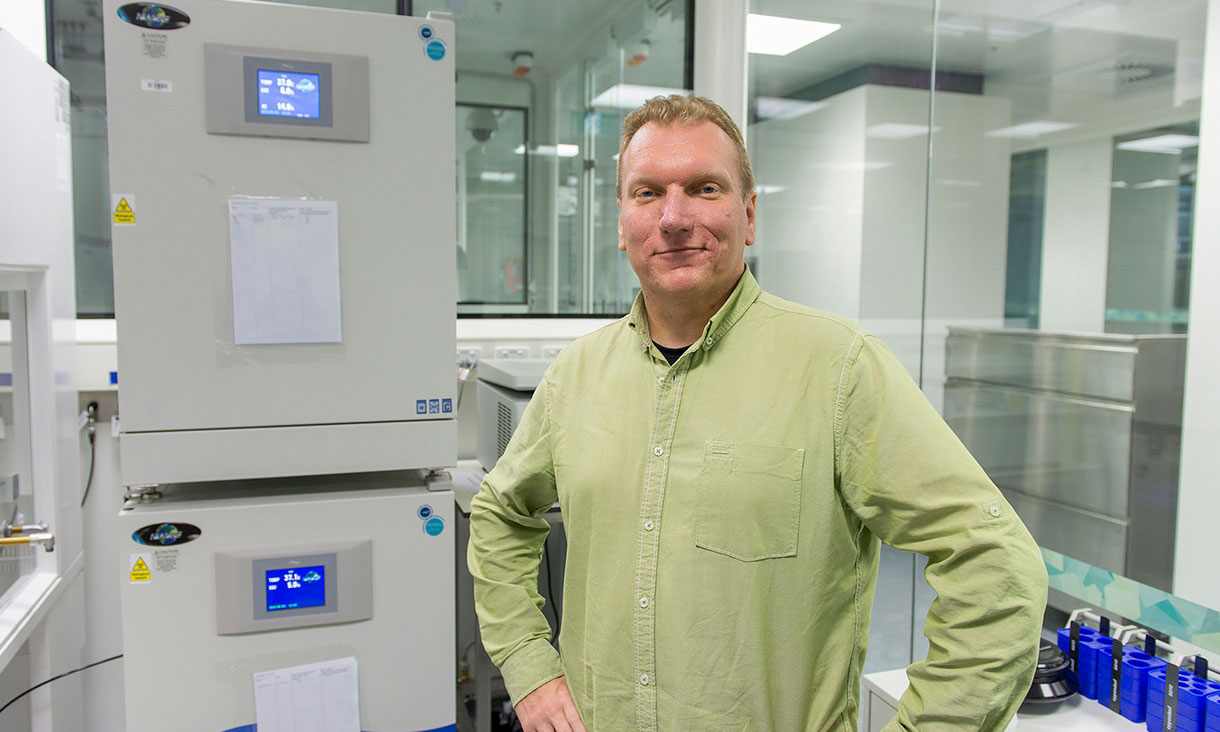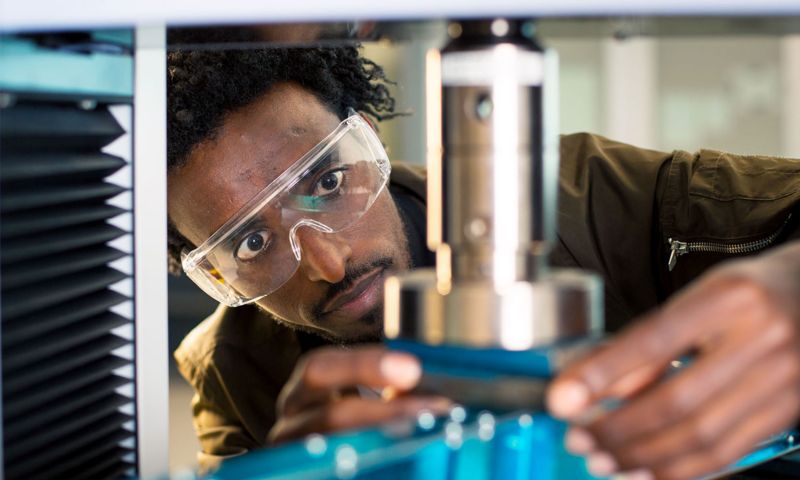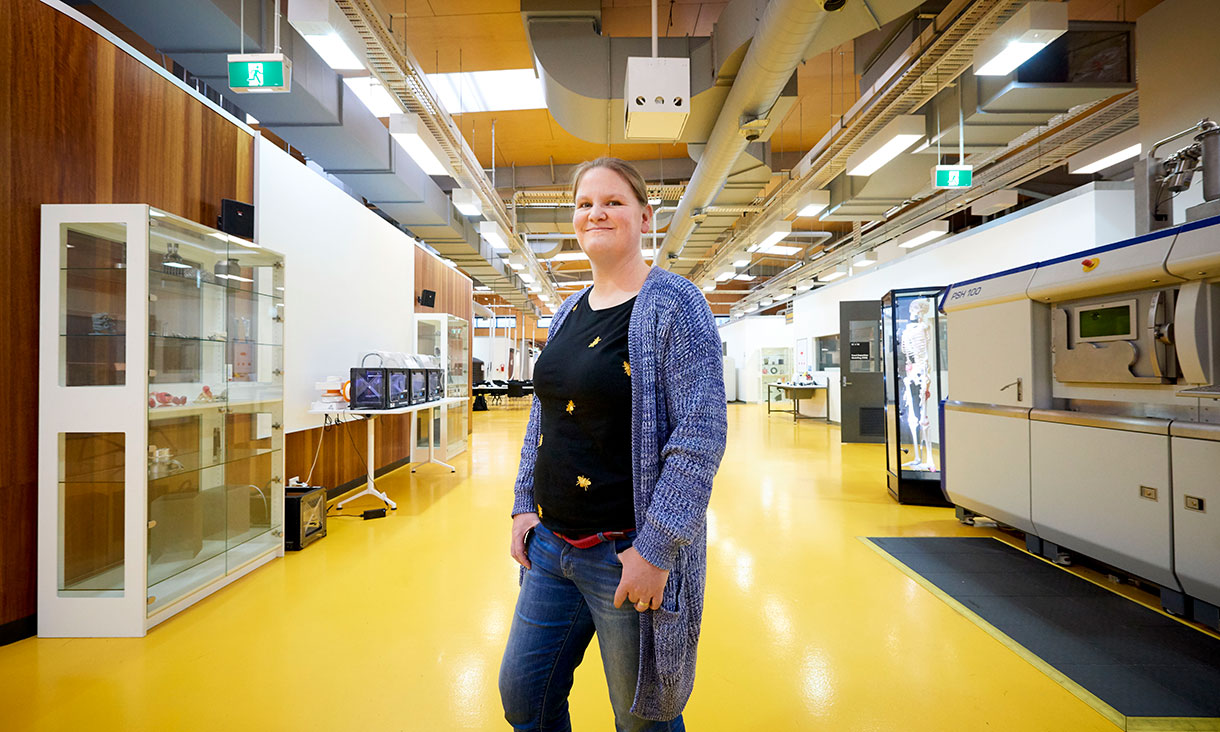More women are completing engineering qualifications, which Engineers Australia describes as promise of a change, albeit slow.
It poses a tough question for industry leaders trying to hasten change: how best to attract women to engineering?
Professor Adrian Mouritz likens it to a Catch-22 dilemma.
“Generally speaking, when a profession is dominated by a certain gender it's very hard to break through that gender ceiling,” he says.
“Women won't apply or be attracted to a profession that is overly male dominated, and therefore you end up with an overly male dominated profession because women won't apply.”
Women working in engineering must also contend with a sizeable pay gap. Females in engineering earn an average base salary of $101,238 compared with $113,222 males, according to a 2017 report by Professionals Australia.
The report also reveals a worrying trend in women dropping out of the industry. Between the ages of 20 and 39, a total of 13.1 per cent of the female workforce left. This compares with 1.4 per cent of the male workforce.
Tellingly, women surveyed for the Professionals Australia report said two prominent reasons to stay in the industry were receiving a pay increase and improved workplace culture.
Various incentives are being offered to women by higher-education institutions, industry groups and businesses. This year RMIT offered 30 $5000 scholarships to women starting a Bachelor of Engineering.
“It's about attracting the best people you can irrespective of gender,” Professor Mouritz says.
“So you've actually got a large cohort of very talented females who we know are just not entering into the profession. So,therefore, the profession loses out.”
Internally, RMIT has also sought to create a gender balance among its staff. Professor Mouritz says better diversity within teaching staff sets a good example for not just prospective students, but current students and industry partners.
“We're trying to implement initiatives to attract more really good quality female academic staff and hopefully they will be role models,” he says.
“The students are not just seeing male engineers, they're actually seeing female engineers talking about engineering as a profession. And I think that's very important.”
First published 23 March 2018
Story: Kate Jones




